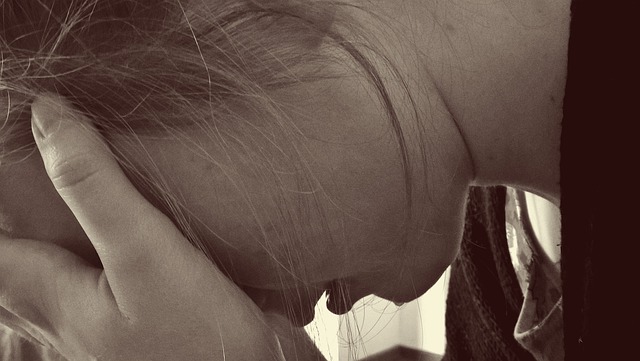An interesting article titled “Factors associated with suicidal ideation and suicide attempts by Australian dental practitioners,” appears in Community Dentistry and Oral Epidemiology published on February 22, 2023, and written by Matthew S. Hopcraft and et. al. The article seeks to investigate factors in Australian dental practitioners and their association with suicidal ideation and suicide attempts. Previously on this site it has been discussed how medical and dental students, dentists, and medical doctors have an increased risk of suicide, see for example the posts Medical School Student Costs in the U.S. are Affecting Mental Health, Designing a Predoctoral Dental Curriculum To Help With Therapy Issues such as Stress Management and Suicide Prevention, and Medical Students Are At Risk For Suicide.
In the article the authors mention how health practitioners have higher rates of suicidal ideation and death by suicide and is particularly prevalent with females as have a reported higher suicide rate than women in other occupations. Dentists practice in a stressful environment due to the need to have high technical skills and the need for perfection. Dentists have high levels of professional stress due to isolation from colleagues, meeting to meet the demands of patients’expectations, time and scheduling pressures, and potentially anxious, challenging or dissatisfied patients. Furthermore, dentists have fear of running a small business (such as financial, human resources and industrial relations matters), have fear of being sued by their patients, and have fear of negative complaints and public perceptions of dentists.
In the article the authors sent an online Survey Monkey survey titled “Stress, Burnout and Health in Dentistry” to Dentists, Dental specialists, Oral health therapists (OHT), Dental therapists (DT), Dental hygienists (DH) and Dental prosthetists (DP) through their professional associations that was open between October and December 2021. A total of 1,926 people started the survey and 1,474 (77%) completed it by responding to the questions regarding suicide. The 1,474 respondents that completed the survey was roughy 6% of all the dental practioners practicing in Australia registered with their professional association. Those that answered the survey were mostly female (66.1%), aged 31–40 years (32.4%), and were married (58.1%). Of the 1,474 respondents, 1,052 were dentists, 118 were dental specialists, 165 were oral health therapists, 54 were dental hygienists, 46 were dental therapists, and 39 were dental prosthetists.

One in six study respondents (17.6%) reported thoughts of suicide in the prior 12 months, 31.4% reported thoughts of suicide prior to the last 12 months, and 5.6% reported at least one attempt to end their life before. The authors calculated multivariate models and found the odds of suicidal ideation in the prior 12 months was higher in dentists who were male (OR = 2.01), were experiencing moderate (OR = 2.76) or severe psychological distress (OR = 3.58), had depression (OR = 1.62), had self-reported substance use (OR = 2.06), or had prior self-reported attempts at suicide (OR = 3.02). It was found that younger dental practitioners had more than twice the odds of recent suicidal ideation than those who were 61 years old and older.
The authors state:
“This study suggests that suicidal ideation may be more prevalent amongst dental than medical practitioners…the reported rates in the present study are substantially higher than that reported in a large study of Australian doctors in 2013…It is important to continue to monitor the mental health of this profession as we move beyond the COVID-19 pandemic.”
The authors mention several limitations of the study which included that it did not address help-seeking behaviors related to suicidal ideation so it is not clear who actually sought help and it also had a lack of representativeness due to only including six percent of the dental professionals registered in Australia.
